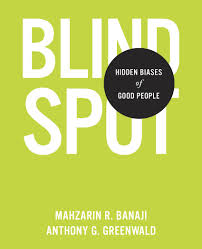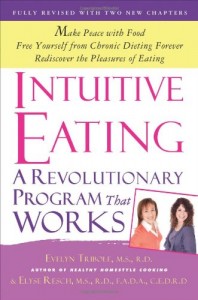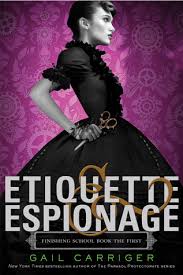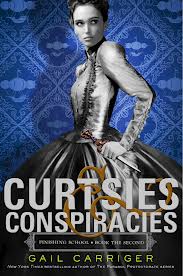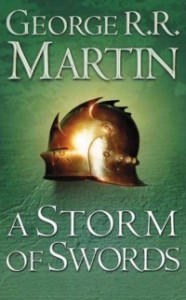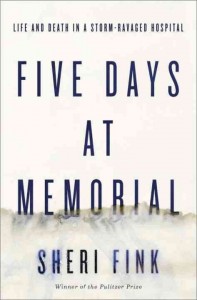Blindspot: Hidden Biases of Good People
Written by Ashley Kelmore, Posted in Politics, Reviews
Three Stars
You’re not racist, right? I mean, if given two equally qualified candidates for a job you were hiring for, you’d be just as likely to give it to the Black person as the White person, right? And you’re in favor of same sex marriage, so you definitely don’t give any preference to straight people, right?
Not so fast. The premise of this book – which is backed up by some pretty solid science – is that we all hold biases in our unconscious minds that influence what we do. Because they are unconscious biases, it’s hard to imagine we have them, and even harder to figure out how to address them. I mean, it’s one thing to make it illegal to ban people of a certain race from eating in one’s restaurant; how do you fix something that is so deep in your brain you don’t even know it is there?
The concepts in the book are mostly supported by the IAT, or Implicit Association Test. The book goes into much greater detail, but here’s the basic idea: when presented with a variety of words, is it easier for you (as measure by how quickly you do it) to sort them into the category associated with positive characteristics when that category is also associated with a specific race? So, if the option is Black/Positive and White/ Negative, and the word ‘happy’ pops up on the screen, is your reaction time sorting that correctly going to be slower than if the options are Black/Negative and White/Positive? If so, you have an unconscious preference for White people.
It’s a pretty fascinating test and, like I said, has been validated many times, and expanded beyond race to measure all sorts of different possible biases – I recently took the test to see if I had an unconscious negative association regarding people with disabilities. I did not – huzzah! You can play around with it yourself – but man, be prepared to be disappointed. The vast majority of folks who take the race test show at least some unconscious preference for White people. It’s a bummer.
So, what’s the point then? How do we fix this? That’s basically the problem with this book – there isn’t a lot here by way of suggestions as to how to fix this. I can think of some that are alluded to, such as vastly increasing the positive representations of people of color in the media so that those negative associations don’t creep into our minds. But being really aware of these biases seems to be a good place to start. That, and not being so defensive about whether there really still are biases out there. Just because you live in an area where people don’t call Black people the n-word or non-straight people the f-word doesn’t mean there aren’t unconscious biases at work.
